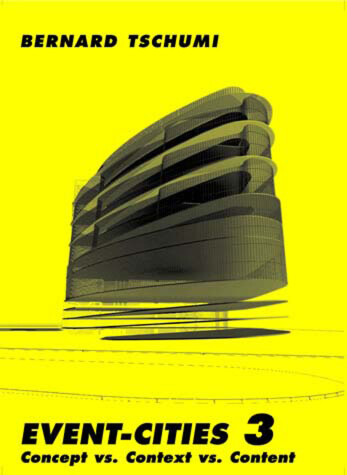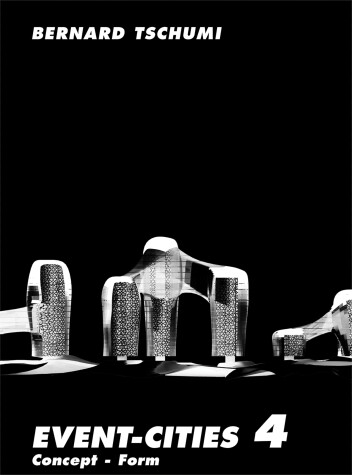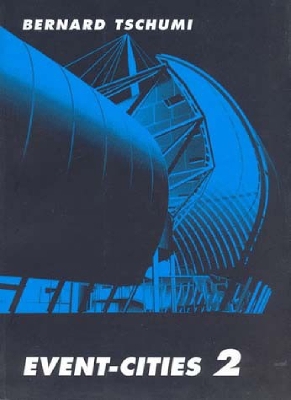The MIT Press
4 total works
In Event-Cities 3, Bernard Tschumi explores the complex and productive triangulation of architectural concept, context, and content. There is no architecture without a concept, an overriding idea that gives coherence and identity to a building. But there is also no architecture without context—historical, geographical, cultural—or content (what happens inside). Concept, context, and content may be in unison or purposely discordant. Against the contextualist movement of the 1980s and 1990s, which called for architecture to blend in with its surroundings, Tschumi argues that buildings may or may not conform to their settings—but that the decision should always be strategic.
Through documentation of recent projects—including the new Acropolis Museum in Athens, a campus athletic center in Cincinnati, museums in Sao Paolo, New York, and Antwerp, concert halls in France, and a speculative urban project in Beijing—Tschumi examines different ways that concept, context, and content relate to each other in his work. In the new Acropolis Museum, for example, Tschumi looks at the interaction of the concept—a simple and precise museum with the clarity of ancient Greek buildings—with the context (its location at the base of the Acropolis, 800 feet from the Parthenon) and the content, which incorporates archaeological excavations on the building site into the fabric of the museum. Through provocative examples, Tschumi demonstrates that the relationship of concept, context, and content may be one of indifference, reciprocity, or conflict—all of which, he argues, are valid architectural approaches. Above all, he suggests that the activity of architecture is less about the making of forms than the investigation and materialization of concepts.
The condition of New York and the chaos of Tokyo are thus perceived as legitimate urban forms.
Event-Cities 4 is the latest in the Event-Cities series from Bernard Tschumi, documenting recent built and theoretical projects in the context of his evolving views on architecture, urbanism, and design. Event-Cities C4 follows directly from the work ofEvent-Cities 3, which examined the interaction of architectural content, concept, and context. This volume takes the interaction a step further, looking at a series of projects for which program or context are insufficient as a generative conceptual strategy, hence requiring a different approach. Tschumi has said, “Over the past years, there is one word I have almost never used, except in order to attack it: 'form.'” In Event-Cities 4, Tschumi introduces the “concept-form”: a concept generating a form, or a form generating a concept, so that one reinforces the other. The concept may be programmatic, technological, or social. The form may be singular or multiple, regular or irregular. Concept-forms act as organizing devices or common denominators for the multiple dimensions of programs and their evolution over time, and drive the projects featured in this book.
Highlights include master plans for a pair of media-based work spaces and cultural campuses in Singapore and Abu Dhabi; a major master plan for a financial center with 40,000 projected inhabitants in the Dominican Republic; the innovative Blue Residential Tower in New York City; a group of museums and cultural buildings in France, Abu Dhabi, Dubai, and South Korea; a pedestrian bridge in France; and a “multi-programmatic” furniture piece, the TypoLounger. The book contains more than twenty of the Tschumi firm's recent projects, showcasing the most current and forward-looking designs of one of the world's leading architectural practices.
In Event-Cities (MIT Press, 1994), Bernard Tschumi expanded his architectural concerns to address the issue of cities and their making. Event-Cities 2 continues this project through new selections from his recent architectural projects. The book includes the first comprehensive documentation of the drawings for the award-winning Parc de la Villette (including many previously unpublished drawings), his project for the expansion of the Museum of Modern Art, two architectural schools, a concert and exhibition hall, a student center, a railway station, a department store, and other urban projects. Tschumi suggests that architecture can accelerate the events of everyday life through new forms of organization. Using various modes of notation ranging from rough models to sophisticated computer-generated images, he reveals the complexities of the architectural process and the rich texture of events that define urban reality today.



